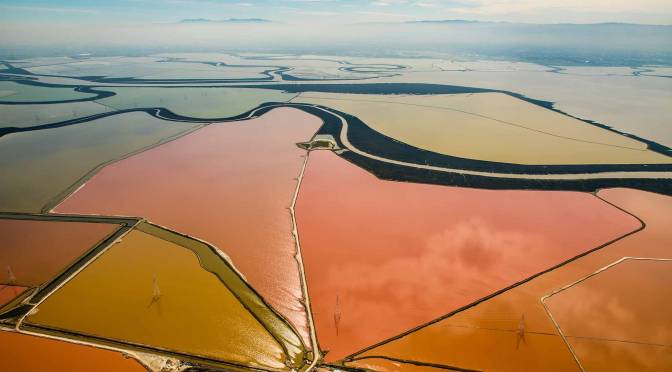Ellias said it’s “exciting” that the lawyers representing the wildfire victims have come to an agreement with the company on the settlement number. It suggests that lawyers’ financial analysis concluded “this is a good amount of money for the wildfire victims.”
Since the exact details of the settlement have yet to be released, Ellias said, “It’s still too early to tell exactly what this announcement is going to mean for wildfire victims. In terms of the timing of payment and how exactly payment is going to come, we’ll need to learn more.”
Wildfire victims must file claims by a Dec. 31 deadline, which was extended from October.
Many victims, particularly those from the Camp Fire who couldn’t find shelter in Butte County due to limited space, had to move out of state or in with relatives, McCallum said, “So it’s been difficult to get the information to them.”
Tubbs Fire victim Will Abrams is holding off on celebrating.
“These settlements could take 10-plus years to litigate and deals will need to be negotiated with insurers before payments are released, sometimes in installment payments.” Abrams said.
“I hope that is not the case, but the devil is in the details, and I’m not confident that this will make victims whole, who lost everything.”
The multi-billion dollar deal is still subject to approval in bankruptcy court.
KQED’s Lily Jamali and Julie Chang contributed reporting to this story.

